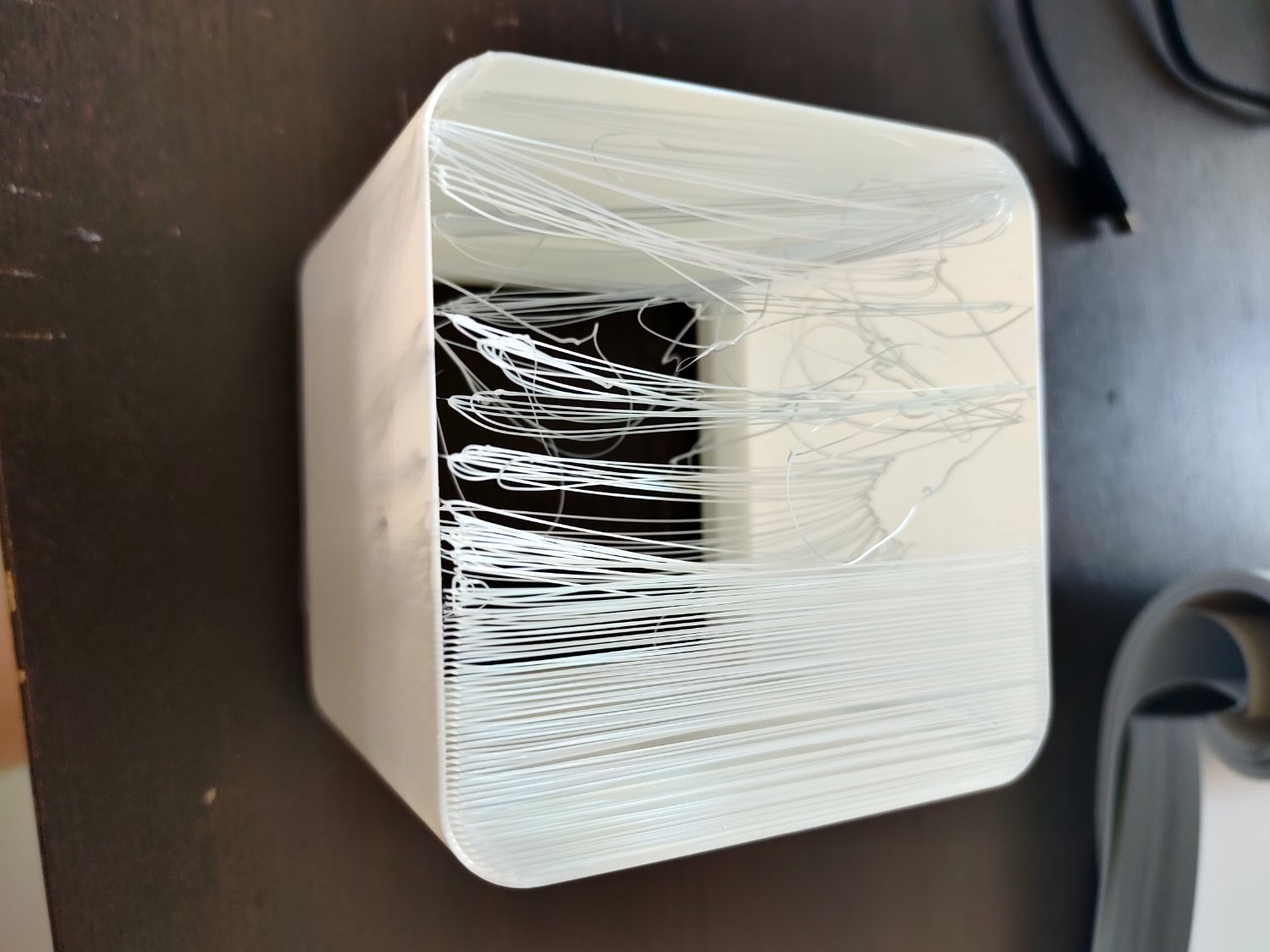3DPrinting
3DPrinting is a place where makers of all skill levels and walks of life can learn about and discuss 3D printing and development of 3D printed parts and devices.
The r/functionalprint community is now located at: or [email protected]
There are CAD communities available at: [email protected] or [email protected]
Rules
-
No bigotry - including racism, sexism, ableism, homophobia, transphobia, or xenophobia. Code of Conduct.
-
Be respectful, especially when disagreeing. Everyone should feel welcome here.
-
No porn (NSFW prints are acceptable but must be marked NSFW)
-
No Ads / Spamming / Guerrilla Marketing
-
Do not create links to reddit
-
If you see an issue please flag it
-
No guns
-
No injury gore posts
If you need an easy way to host pictures, https://catbox.moe may be an option. Be ethical about what you post and donate if you are able or use this a lot. It is just an individual hosting content, not a company. The image embedding syntax for Lemmy is 
Moderation policy: Light, mostly invisible
view the rest of the comments

I recall a video from one of the 3d printing youtubers that showed that an enclosure could allow plastic printer parts to warp, causing prints to fail. It was really a surprising result to me, since I was considering buying an enclosure for my tevo tornado (which is mostly metal, but not entirely especially after some printer upgrades I printed)
A handy chart: https://i.pinimg.com/originals/18/a4/2f/18a42ffa5c733c7c6bb86b547fb0647f.png
It's a cruel irony that we use an enclosure to help print materials with a higher Tg but the printer itself is printed of materials with the same or lower Tg. It makes perfect sense that your ABS parts are going to get mushy when you crank your heated bed to 100 and put the whole thing in a box. :)
The enclosure by itself isn't really a complete solution, especially if it's a retrofit and not original to the printer. Temperature monitoring and control is necessary.
But you can also take the very simple step of leaving the enclosure slightly open (if it has a door, prop it partially, or if it's one of the growbox style zipper enclosures with mylar on the inside just leave the zipper partway open near the top). You'll still get most of the draft protection benefit and some of the temperature stability inside the enclosure, but it won't overheat.
Wow, that sounds alarming. I mean, one usually has good intentions when trying to protect the printer from dust and kids, but now I'm learning that it could potentially be more harmful than beneficial. Do you have the link to the YouTube video you mentioned?
https://youtu.be/2D-WRCGcJbs
This video does a good job of showing and talking about some potential issues with using an enclosure.
Here is an alternative Piped link(s): https://piped.video/2D-WRCGcJbs
Piped is a privacy-respecting open-source alternative frontend to YouTube.
I'm open-source, check me out at GitHub.